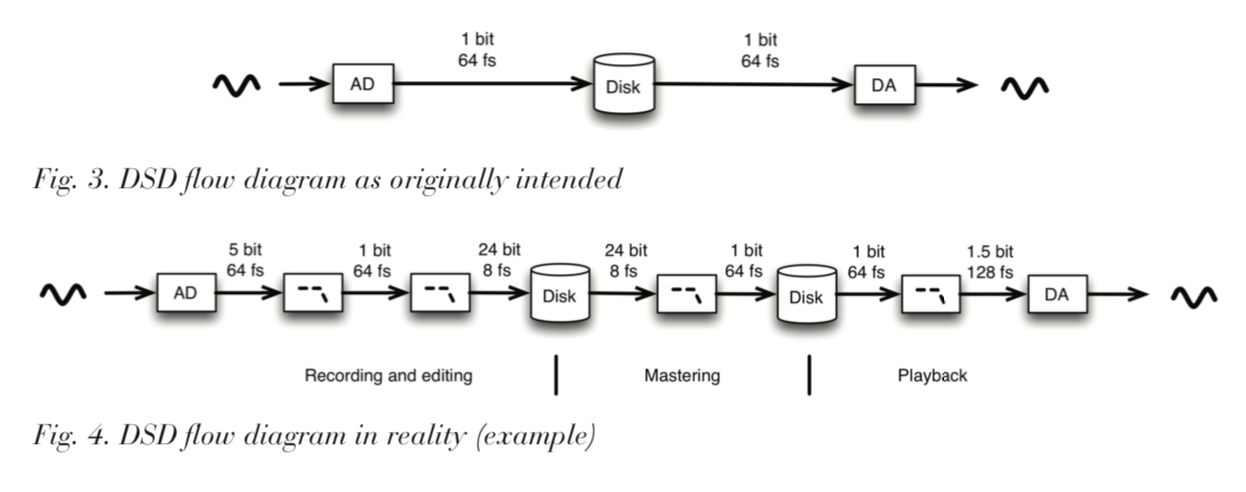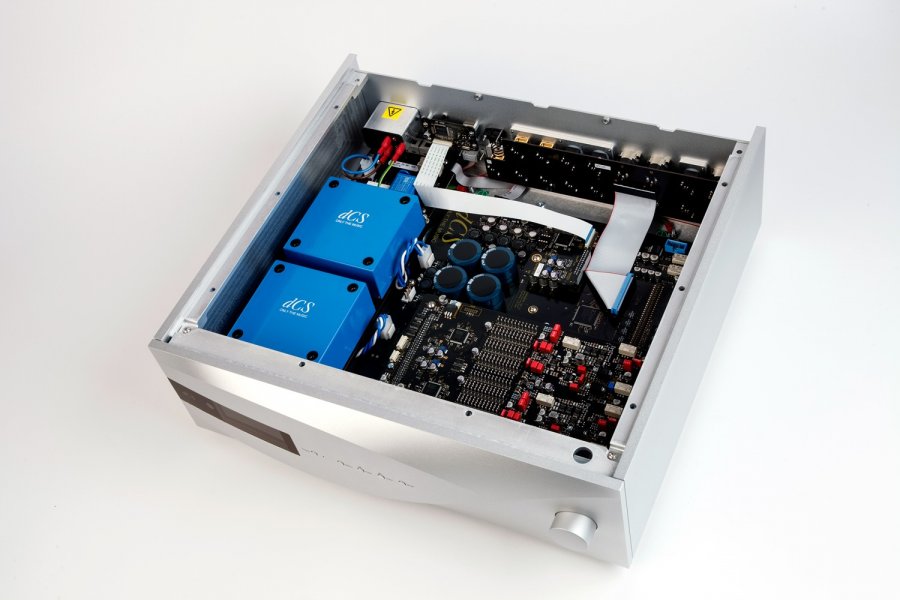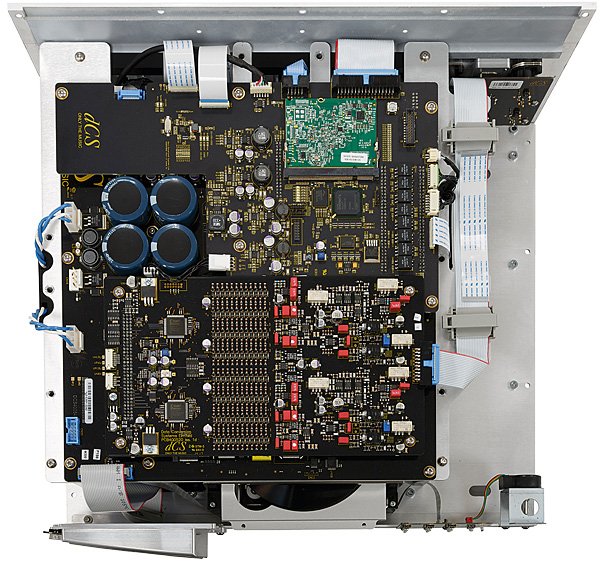I was never confused but perhaps DCS is? They talk out of both sides of the mouth at the same time with their ad copy. It is obvious if you read it carefully.
Well, what they write in these articles is technically consistent with their products and independent measurements and agrees with the private talks I had with their people and many interviews and articles all over the net and magazines along twenty years. But surely you are free to consider it just marketing.
And you are just telling us your preference for DCS...plenty of alternative opinions about them here as well.
Yes, and I am explaining the why's of my preference with proper references. At less I know why I prefer this type of sound. I have a similar attitude towards the very different sounding Metronome's or the Kondo DSL DAC, that I also consider SOTA.
Surely we can't expect that everyone likes the sound of the DCS, but taking a broad overview in this forum it seems a lot of people prefer it.




